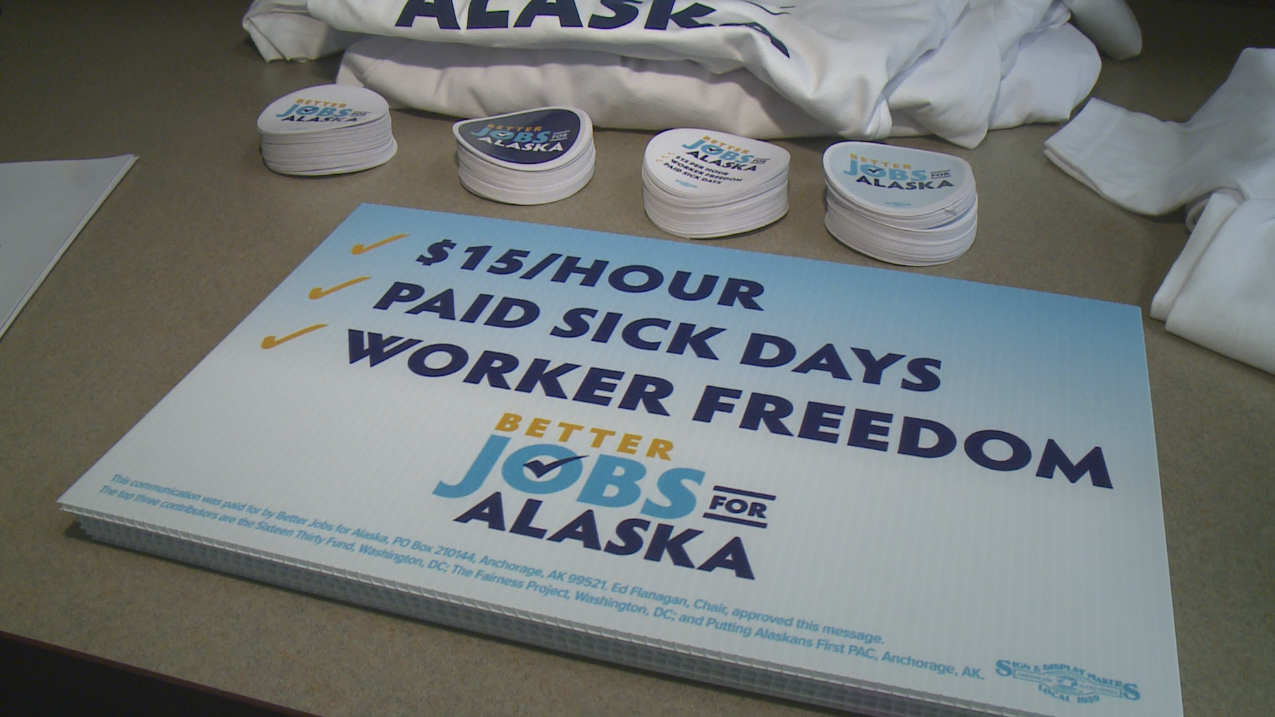As the days get shorter in the winter, millions of people in the U.S. experience seasonal affective disorder (SAD), also known as the ‘winter blues’. This form of depression can result in a loss of productivity at work.
A 2020 article by Forbes indicated that SAD might negatively affect motivation and diminish workplace communication and productivity. Workers with the disorder are also more prone to injuries, accidents, and absenteeism, which costs businesses $51 billion annually.
According to a recent study, January has the more sick days recorded in Britain. Staggeringly, the number of sick days recorded in January is 53% above the average for the other 11 months. The Office for National Statistics says that the leading causes include coughs, colds, stress, depression, and anxiety. A lot of this could be assigned to the impact of seasonal affective disorder.
According to the National Institute of Mental Health, the disorder is characterized by short periods of sadness or people not feeling like their usual selves. SAD is not considered a separate disorder but is a type of depression characterized by its recurrent seasonal pattern, with symptoms lasting about 4 to 5 months per year. In some cases, these mood changes are more severe and can affect how a person feels, thinks, and handles daily activities.
Signs of SAD
The signs and symptoms of SAD include those associated with major depression. In addition, there are specific symptoms that differ for winter-pattern and summer-pattern SAD. These signs and symptoms can include:
- Feeling ‘down’ most of the day
- Losing interest in work or activities
- Easily agitated
- Having trouble concentrating
- Experiencing decreased energy
For winter-pattern SAD, additional symptoms may include:
- Oversleeping
- Experiencing weight gain
- Social withdrawal
Many call this a form of daily hibernation.
SAD occurs four times more in women than men. In addition, those living in more northern latitudes where the days are shorter, like Alaska, Washington, Minnesota, Maine, and Canada, have a higher chance than those in Florida, Texas, or Hawaii.
Tips for employers to help their staff cope with Seasonal Affective Disorder
1. Wellness Programs
Most insurance plans offer mental health sessions as part of their wellness program. Unfortunately, SAD is one of many mental health issues that go unnoticed mainly because people are unsure how to classify their symptoms. As a result, they may be unable to pinpoint why they are feeling so low. Others may avoid talking about their feelings until spring arrives.
Employers can help by providing the following:
- Distribute SAD-related information based on scientific evidence
- Advise employees open about their symptoms to consult a mental health professional
- Encourage the use of paid time off or offer a mental health day to treat SAD
- Create physical activity plans for desk-bound workers because inactivity can exacerbate symptoms
2. Increase Light, or better yet, Sunlight
Many employees who work in an office arrive to work when it is still dark outside. When they leave the office, dusk approaches. This lack of sunlight could increase their risk of developing seasonal depression. One option may be as simple as pulling back the curtains or opening the shades of your office windows. Another option is to encourage employees to go outside during breaks or lunch. Serotonin increases feelings of happiness when one spends a few minutes in the sun. In addition, direct sunlight is the best source of Vitamin D, which has been known to help with depression.
Most workplaces have indoor lighting that is relatively dim. Therefore, increasing indoor lighting, especially in the late fall, may reduce the effects of seasonal depression among their employees.
Employers can allow their staff dealing with SAD to use a light therapy lamp, which emits a brighter light than traditional bulbs, to keep at their desks.
3. Offer Flexible Schedules or Remote Work
Flexible working patterns and remote work are other great ways to help employees during winter. In more northern latitudes, December and January can average eight hours of daylight or less, the same as the typical working day. By offering flexible shifts or remote working, people may benefit from being able to get out when it is still light. In addition, providing a flexible schedule may help workers establish an exercise routine which helps to prevent SAD. For non-service employees, a change of an hour in a work schedule can make all the difference. This modification allows them to see the daylight.
How can we help?
Time Equipment Company tracks flexible schedules within its world-class time and attendance system. In addition, additional wellness days can be managed through our automated leave management system.
For more information about Flexible Scheduling and Leave Management, contact Time Equipment Company at 800-997-8463 or sales@timeequipment.com.










